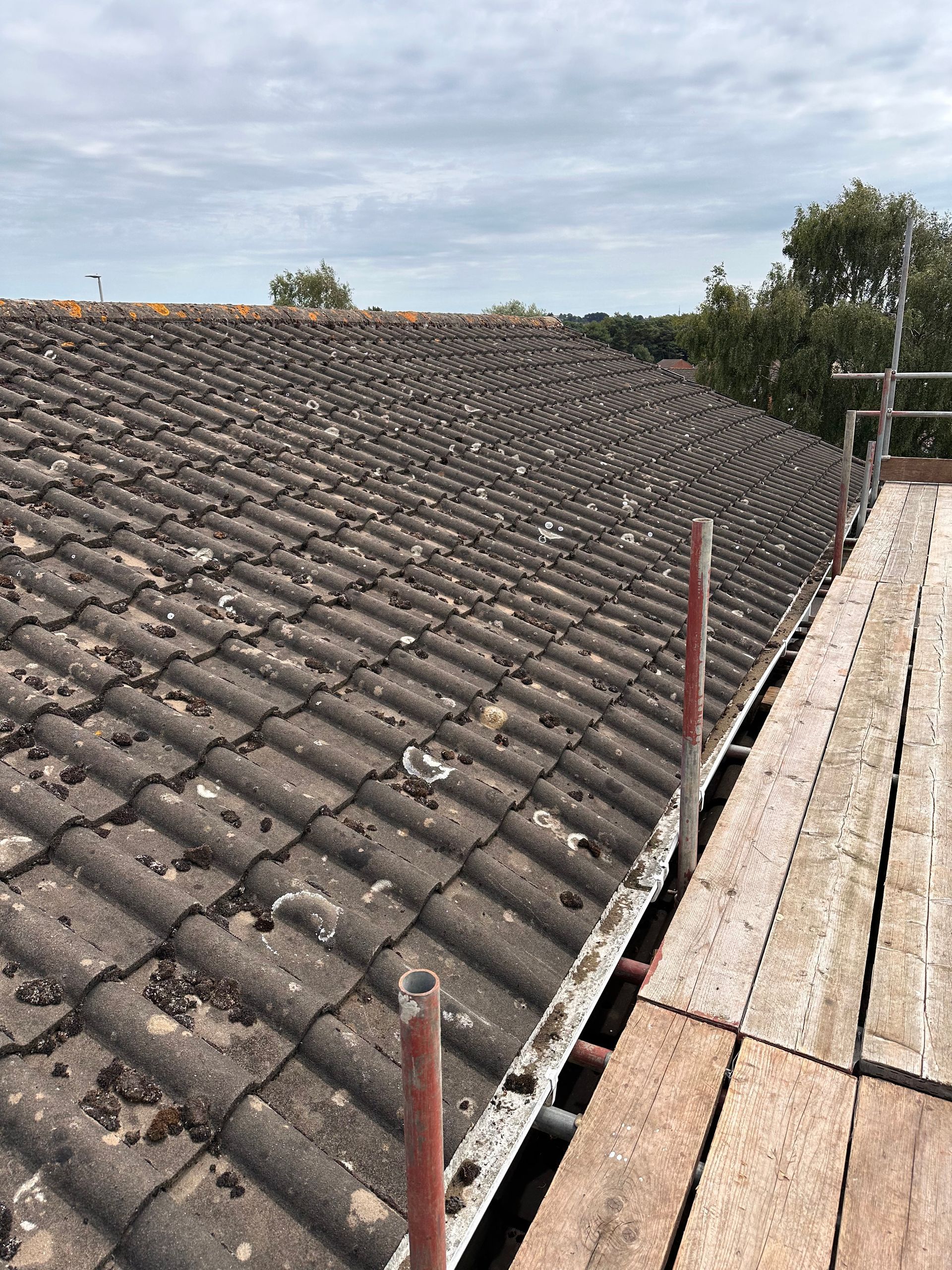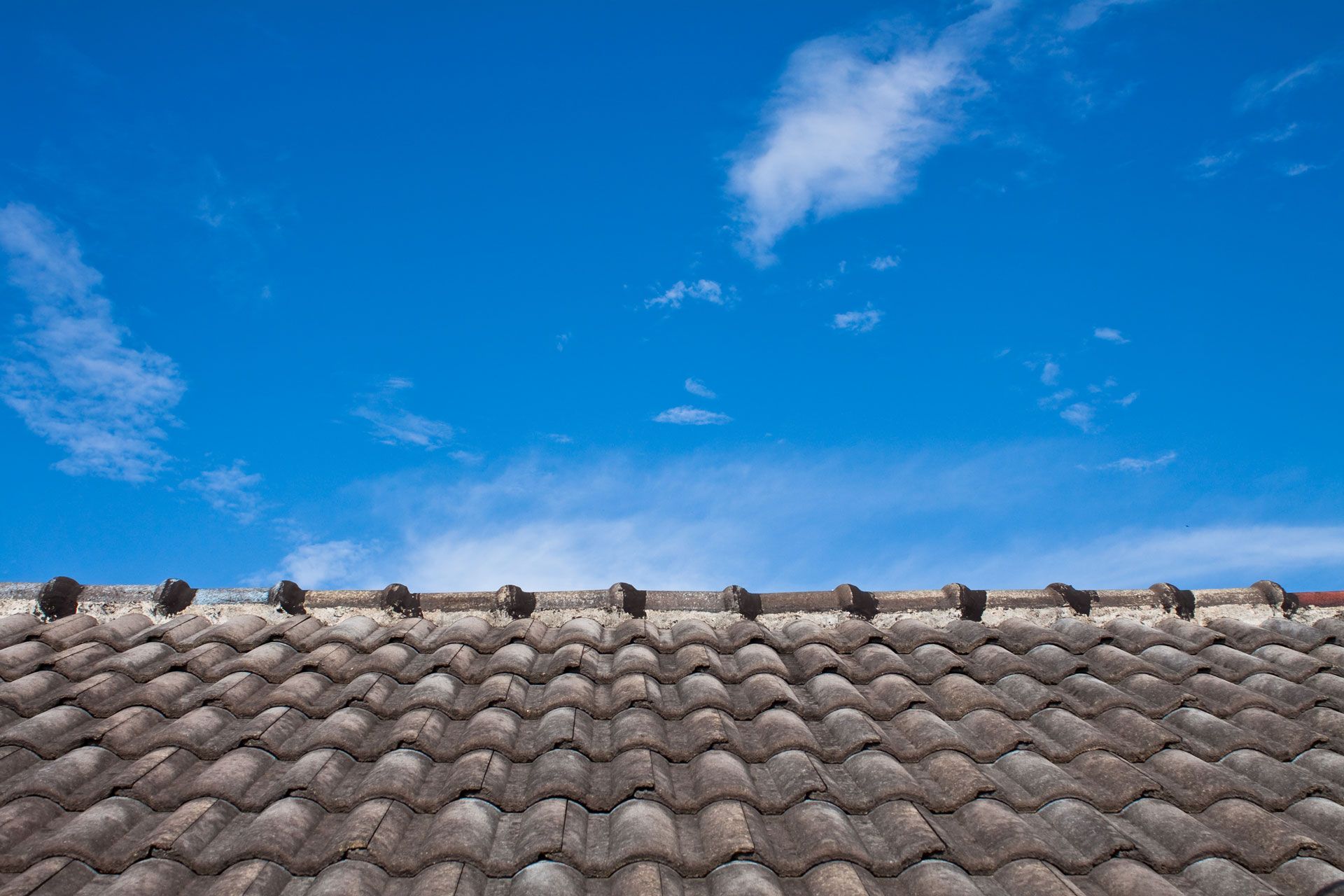How Long Do Flat Roofs Typically Last?
As a property owner, understanding the lifespan of your roofing system is crucial for effective budget planning and maintenance scheduling. At CC Roofing & Construction, we service both residential and commercial properties in Poole, Dorset, and frequently encounter the question: "How long do flat roofs typically last?" To clarify, we’ve put together this guide to help you understand the factors that influence the lifespan of a flat roof.
Understanding Flat Roofs
Flat roofs are a popular choice for many residential and commercial buildings in the UK due to their aesthetic appeal, ease of installation, and cost-effectiveness. However, their lifespan can vary significantly based on several factors, including the materials used, installation quality, and maintenance practices.
Lifespan of Different Flat Roofing Materials
EPDM (Ethylene Propylene Diene Monomer)
EPDM, often referred to as a “rubber roof”, is known for its durability and weather resistance. With proper installation and maintenance, an EPDM roof can last between 20 to 30 years. This material is popular for both residential and commercial flat roofs due to its flexibility and resistance to extreme temperatures, making it an excellent choice for the British climate.
TPO (Thermoplastic Olefin)
TPO roofing membranes are another popular choice, especially for commercial properties. These roofs are energy-efficient and resistant to UV damage, which can extend the lifespan of the material. A well-maintained TPO roof typically lasts between 15 to 25 years, offering a balance between performance and cost-efficiency.
PVC (Polyvinyl Chloride)
PVC roofing is renowned for its strength and durability. These roofs are highly resistant to chemicals, fire, and wind, making them a suitable option for commercial properties. A PVC flat roof can last anywhere from 20 to 30 years with proper maintenance. Its robustness makes it an ideal choice for industrial settings in Dorset.
Modified Bitumen
Modified bitumen roofs are a hybrid of traditional built-up roofing and modern materials. They are highly resistant to punctures and tears, making them ideal for high-traffic areas. Typically, a modified bitumen roof will last around 10 to 20 years. This type of roofing is often favoured for its straightforward application and reliability.
Factors Affecting Flat Roof Lifespan
- Quality of Installation: The longevity of a flat roof heavily depends on the quality of installation. Hiring experienced roofing contractors, like the team at CC Roofing & Construction, ensures that the roof is installed correctly, minimising future problems. A poorly installed roof can lead to early failure, so it's essential to choose a reputable roofing company.
- Maintenance: Regular maintenance is crucial for extending the lifespan of flat roofs. This includes periodic inspections, cleaning, and prompt repairs of any damage. At CC Roofing & Construction, we offer comprehensive maintenance services to keep your flat roof in top condition. Regular maintenance can identify and fix minor issues before they become major problems.
- Climate and Weather Conditions: The local climate can significantly impact the lifespan of a flat roof. In Poole, with its mix of coastal weather and occasional extreme conditions, roofs can be subjected to intense sun, heavy rain, and high winds. Areas with such conditions may require more frequent maintenance and can shorten the roof’s lifespan.
- Material Quality: The quality of roofing materials used also plays a vital role. Investing in high-quality materials can increase the durability and longevity of your flat roof. Cheaper materials may save money upfront but can lead to higher repair and replacement costs over time.
Signs Your Flat Roof Needs Repair or Replacement
To ensure your flat roof remains in good condition, watch out for these common signs of damage:
- Leaks and Water Puddles: Persistent leaks or standing water on your roof can indicate drainage issues or damage to the roofing material. If left unchecked, this can lead to structural damage.
- Blistering or Cracking: Blisters or cracks in the roofing membrane can compromise the roof’s integrity and need immediate attention. These issues often result from trapped moisture or poor installation.
- Sagging Areas: Sagging can be a sign of structural issues or water damage, necessitating a professional inspection. This is particularly concerning as it can indicate underlying damage to the building's structure.
The lifespan of a flat roof varies based on materials, installation quality, and maintenance practices. At CC Roofing & Construction, we are committed to providing high-quality roofing solutions for both residential and commercial properties in Poole, Dorset. Whether you need installation, maintenance, or flat roof repair, our experienced team is here to help.
For more information or to schedule a consultation, contact CC Roofing & Construction today. Whether you're searching for "roof repair near me," "roofing companies near me," or "flat roof repair," our dedicated professionals are ready to assist you with all your roofing needs.
Stay updated with the latest in roofing technology and maintenance tips by following our blog. Don’t forget to check out our reviews to see how we’ve helped other property owners like you.
Let’s Talk
Ready to extend the life of your flat roof? Contact CC Roofing & Construction today for a free estimate and expert advice. Your satisfaction is our top priority!








